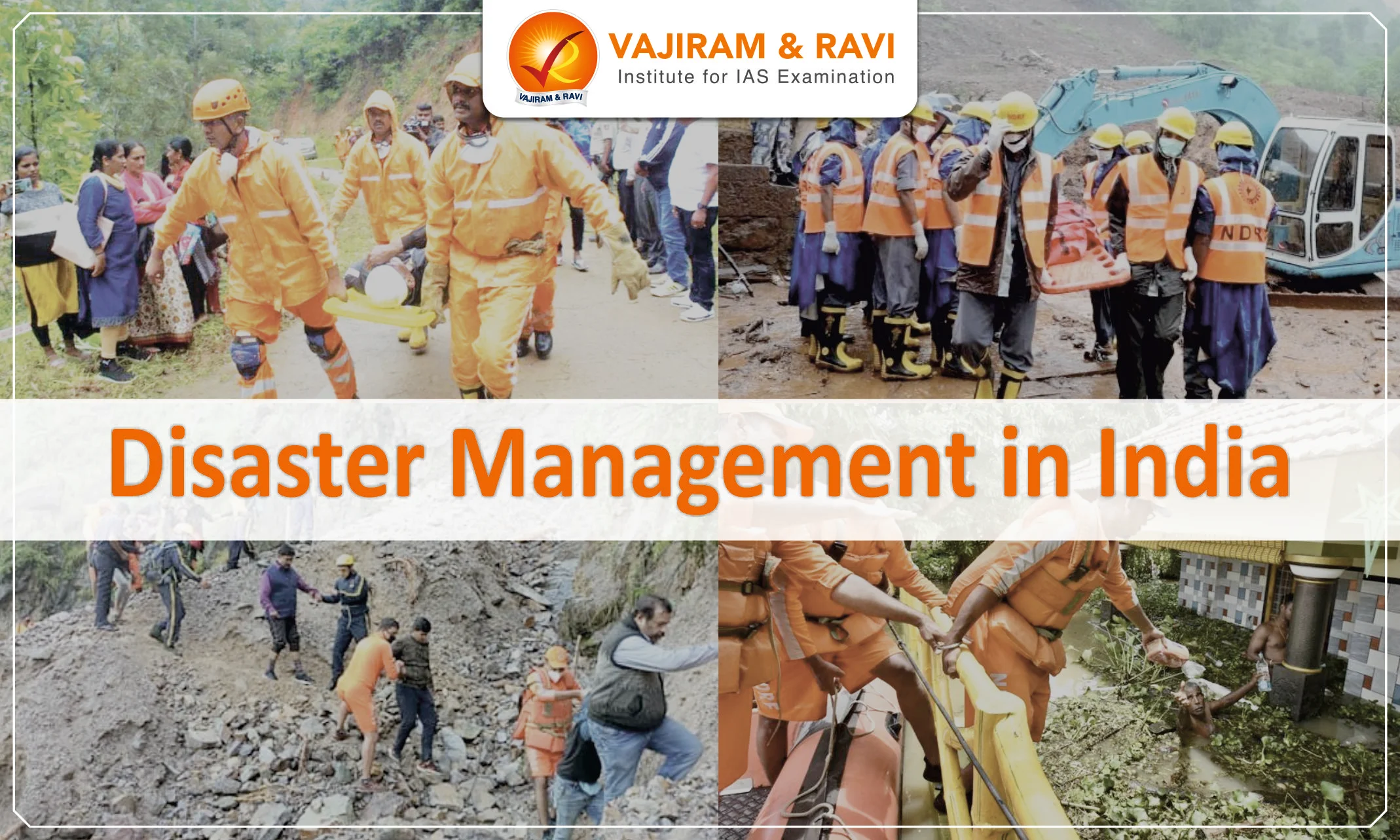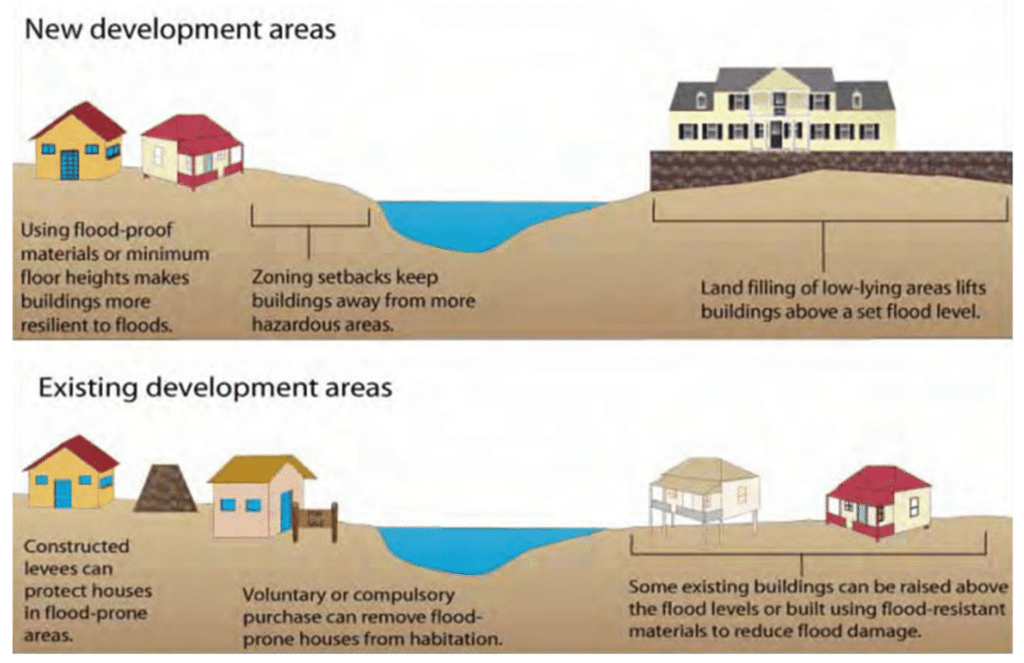
In the U.S., disaster response follows a layered model: local governments lead first, then state agencies coordinate, and federal support through FEMA is triggered by a presidential declaration. Every state adapts this model differently depending on its hazards, funding, and institutions. This article explores how states prepare, respond, and recover—with examples, FAQs, and actionable insights for communities.
Introduction: Why Disaster Management Differs Across States
Natural disasters are not one-size-fits-all events. The way a hurricane devastates Florida is vastly different from how wildfires consume California or how blizzards paralyze Minnesota. That’s why disaster response in the United States is uniquely structured—locally executed, state managed, federally supported.
The federal government, primarily through FEMA (Federal Emergency Management Agency), plays a crucial supporting role. Yet, the day-to-day operations, planning, and initial response fall to state and local authorities. The result? Fifty different systems, each with its own strengths, weaknesses, and lessons.
This blog takes you through the mechanics of disaster handling across states, highlighting real-life examples, state-level strategies, FEMA’s changing role, and the pressing questions Americans are asking today.
Why Do States Manage Natural Disasters Differently?
Every state in the U.S. has its own emergency management agency. These agencies exist because hazards vary so widely:
- California focuses heavily on earthquake preparedness and wildfire mitigation.
- Florida invests in hurricane shelters, evacuation routes, and storm surge protections.
- North Dakota prioritizes flood defense for the Red River basin.
Case Study: Oregon
Oregon’s Office of Emergency Management (OEM) integrates with the state’s military department. They use cutting-edge tools like RAPTOR (Real-Time Assessment and Planning Tool for Oregon) to track wildfires, floods, and seismic events live. This integration allows real-time decision-making during crises.
Case Study: Massachusetts
The Massachusetts Emergency Management Agency (MEMA) coordinates not just from one headquarters but through multiple regional offices. Their State Emergency Operations Center (SEOC) serves as the nerve center, linking local responders, state leadership, and even federal assets when needed.
Case Study: Oklahoma
Under the Emergency Management Act of 2003, Oklahoma requires every county to have a local emergency management director. Each director must maintain a local emergency plan and coordinate under the Incident Command System (ICS). This ensures consistency statewide, whether responding to tornadoes in Tulsa or wildfires in rural counties.
What Is FEMA’s Role in the National Disaster Framework?
When Americans think about disasters, FEMA is often the first agency that comes to mind. Yet, FEMA does not swoop in immediately—its involvement is conditional.
FEMA’s Key Responsibilities:
- Disaster Declarations: Only after a governor requests aid and the president signs a declaration does FEMA deploy large-scale support. This is governed by the Robert T. Stafford Disaster Relief and Emergency Assistance Act.
- Regional Coordination: FEMA divides the country into ten regions, each serving a cluster of states. This allows more tailored support based on shared risks.
- The National Disaster Recovery Framework (NDRF): FEMA organizes recovery into six Recovery Support Functions (RSFs): Housing, Health and Social Services, Infrastructure Systems, Economic Recovery, Community Planning, and Natural & Cultural Resources.
- Funding and Grants: Programs like BRIC (Building Resilient Infrastructure and Communities) provide states with pre-disaster funding to strengthen defenses.
By law and practice, FEMA is the ultimate safety net—but states are expected to lead their own responses before calling for help.
How Do States Help Each Other During Disasters?
Not all disasters respect borders. A hurricane hitting the Southeast can overwhelm multiple states at once. To address this, states formed the Emergency Management Assistance Compact (EMAC).
Through EMAC, states can share resources legally and efficiently. This means trained personnel, search-and-rescue units, medical teams, or even utility workers can be deployed across state lines—with guaranteed reimbursement and liability coverage.
Example: During Hurricane Matthew, EMAC mobilized responders from 38 states. Teams from as far as Utah and Illinois provided logistics, medical care, and emergency shelters for storm-affected states.
This interstate collaboration illustrates American resilience: when one state falls, others step in.
How Effective Are Mitigation Investments Across States?
A common question: Is disaster spending worth it?
The National Institute of Building Sciences (NIBS) studied federal mitigation funding and found that every $1 spent saves $6 on average. But outcomes vary:
- Kansas: nearly $7 saved per $1 invested.
- California: closer to $3 saved per $1, partly due to high land and construction costs.
Hazard-Specific Returns:
- Flood Mitigation: $6.30–$6.70 saved per $1.
- Wind Mitigation: Ranges from $3.67 in Massachusetts to $7.33 in New Hampshire.
- Earthquake Preparedness: Around $2–$3 saved per $1.
- Wildfire Mitigation: Averages $2–$4 savings.
The message is clear: proactive spending pays off, but geography and risk profiles shape the actual returns.
What Happens When FEMA Scales Back?
In 2025, FEMA’s leadership announced that states should expect to shoulder more responsibility for disaster recovery. Traditionally, FEMA covers 75% of disaster costs, with states picking up the remaining 25%. Now, cost-sharing and staffing are shrinking.
Implications of FEMA’s Retreat:
- Staffing Crisis: FEMA has already lost ~2,000 employees, nearly one-third of its workforce.
- Budget Cuts: Disaster grants and recovery centers are being scaled back.
- State Burden: Smaller states like Wyoming and North Dakota, which rely heavily on federal assistance, face unique vulnerability.
Experts warn this could be dangerous. Without strong federal support, poorer states may struggle to rebuild after catastrophic disasters, leaving communities at risk.
What Do Crisis-Ready States Look Like?
Some states stand out for their disaster readiness:
- North Carolina: Uses coastal management laws like CAMA (Coastal Area Management Act) to regulate development and reduce storm damage. After Hurricane Floyd, the state invested in watershed-based resilience strategies.
- Texas: Following devastating floods, Texas counties established stronger logistics hubs for disaster supply storage and distribution—even as FEMA closed some of its recovery centers.
- Oregon: Continuously integrates real-time mapping tools, seismic research, and wildfire modeling into disaster management.
These states show how proactive investment builds resilience, even when federal support shifts.

FAQs: What Americans Are Asking About Disaster Handling
1. How does FEMA get involved?
FEMA steps in only after the U.S. president issues a disaster declaration, requested by a state governor. Until then, states and local governments must handle emergencies independently, focusing on immediate response before federal assistance arrives.
2. Why do states need their own disaster plans?
Because emergencies begin locally, states must act quickly without waiting for federal aid. Early hours are crucial for saving lives and reducing damage. Strong state disaster plans ensure faster, more coordinated response.
3. How do states help each other during emergencies?
States collaborate through EMAC, a legal mutual aid compact. It allows them to share personnel, equipment, and resources efficiently across state lines, ensuring faster support and coordinated disaster response.
4. What’s the return on mitigation investments?
For every $1 spent on mitigation, about $6 is saved in disaster recovery costs. This return varies depending on the hazard type, but overall, mitigation proves cost-effective and reduces long-term risks.
5. How would less FEMA support affect states?
Reduced FEMA support could overwhelm states, especially smaller ones with limited budgets. Without federal aid, recovery costs would skyrocket, delaying response and burdening local economies significantly.
6. What examples of strong state management exist?
North Carolina invests in coastal resilience, Oregon uses real-time disaster technology, and Oklahoma assigns emergency directors in every county. These examples highlight proactive state-led strategies.
7. What is FEMA’s Recovery Support Functions model?
It structures recovery into six areas—housing, health, infrastructure, economy, community, and natural resources. This model helps organize long-term rebuilding efforts more effectively.
8. Why are state emergency laws important?
Laws like Oklahoma’s Emergency Management Act of 2003 mandate preparedness, ensuring all counties plan ahead. These laws make disaster readiness a legal requirement, not optional.
9. What risks come with FEMA budget cuts?
Cuts could undo reforms made after Hurricane Katrina, weakening disaster coordination, slowing response times, and leaving states vulnerable during large-scale emergencies.
10. How are local governments stepping up?
Local governments, like Texas counties, are building supply hubs and training response teams. These initiatives reduce reliance on FEMA, empowering communities to respond quickly during crises.
Practical Advice for Individuals and Communities
If you live in the U.S., here’s how to stay prepared while states and FEMA adapt:
- Know your state’s agency: Every state has its own emergency management department—bookmark their website.
- Engage locally: Attend community preparedness workshops and volunteer programs.
- Advocate for mitigation funding: Encourage your representatives to prioritize resilient infrastructure.
- Support EMAC: Push your leaders to stay active in inter-state aid agreements.
- Stay informed: Sign up for local alert systems and FEMA’s Integrated Public Alert & Warning System (IPAWS).
Key Takeaways
- Disaster response in the U.S. is layered and decentralized, making state readiness critical.
- FEMA provides vital federal support but is shifting more responsibility to states.
- Mitigation spending saves money and lives but must be tailored to local risks.
- Strong state systems like Oregon, North Carolina, and Texas show how resilience can be built proactively.
- Citizens play a crucial role: awareness, advocacy, and participation strengthen the disaster response chain.
